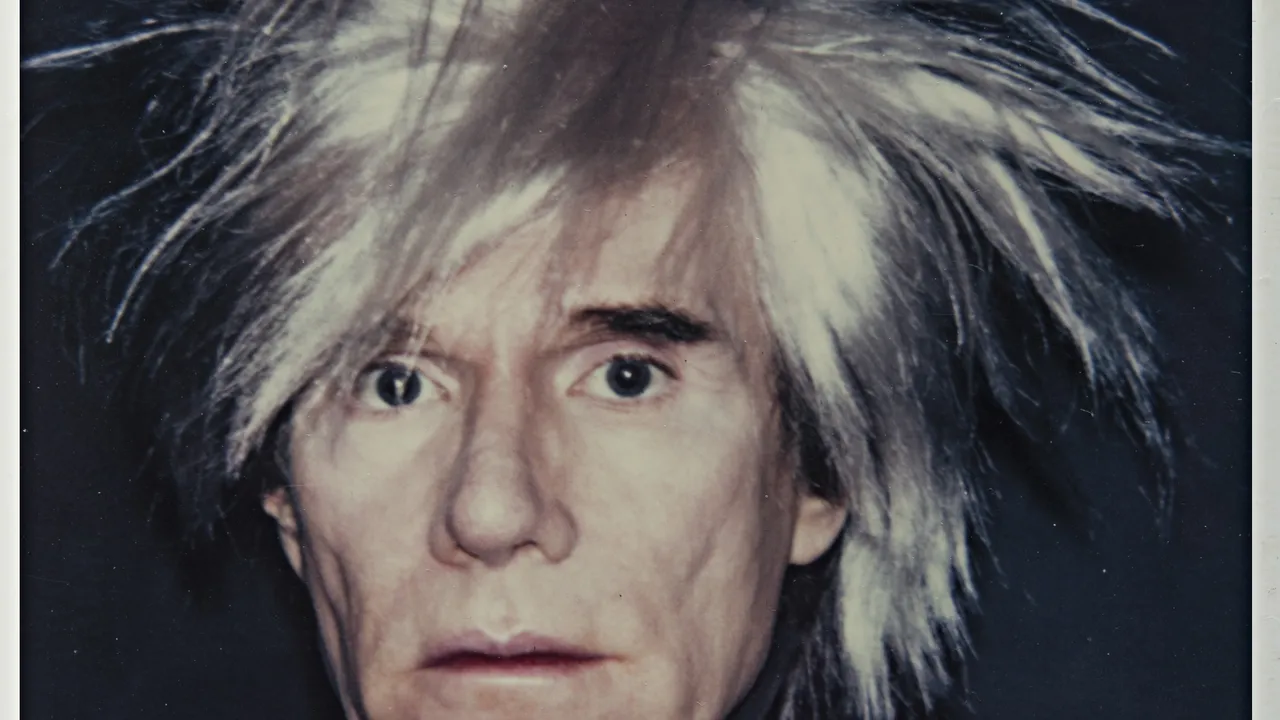
Robert Draws – Andy Warhol was an American artist who revolutionized the art world. He is widely known for his work in the Pop Art movement. Warhol’s art challenged traditional boundaries and introduced a new way of looking at mass production and consumer culture. His famous works, such as Campbell’s Soup Cans and Marilyn Diptych, have left a lasting impact on the art world. Warhol’s ability to blend commercialism with fine art made him one of the most influential figures of the 20th century. His unique approach to art continues to inspire artists and collectors to this day.
Pop Art emerged in the 1950s as a response to the dominance of abstract expressionism. Warhol was one of the leading figures in this new movement. He brought everyday objects into the realm of high art. By using mass-produced items, such as soup cans and soda bottles, Warhol blurred the lines between commercial and fine art. His use of bright colors, repetitive patterns, and celebrity culture marked a significant shift in artistic expression.
Warhol’s art focused on consumerism and the rise of celebrity culture in the post-war era. The idea of mass production was central to his work. His famous piece, Campbell’s Soup Cans, featured 32 variations of the same soup can. The repetition in the work emphasized the ubiquity of consumer goods in daily life. The piece reflected the growing influence of mass media and advertising on society.
“Read about: The Story Behind Picasso’s ‘Garçon à la pipe’ and Its $104 Million Price Tag”
One of Warhol’s most famous works is Marilyn Diptych. This piece presents a portrait of actress Marilyn Monroe, which Warhol repeats in a series of silkscreen prints. The work effectively blends the realms of art and celebrity, highlighting Warhol’s fascination with fame. Warhol uses Monroe’s image to explore themes of consumerism and the fleeting nature of fame. The repetition of the image in Marilyn Diptych mirrors how popular culture often treats celebrities as commodities, reducing them to repetitive, consumable figures.
Another iconic work by Warhol is Gold Marilyn Monroe. This painting features a large, central image of Monroe’s face, surrounded by gold leaf. The use of gold powerfully symbolizes both religious icons and consumerism. It underscores Warhol’s exploration of how fame and beauty become commodified in modern culture. Warhol highlights society’s tendency to elevate celebrities while simultaneously reducing them to symbols of wealth and desire. This piece challenges the viewer to reflect on the intersection of celebrity, value, and consumerism in today’s world.
Warhol’s series of Brillo Boxes also brought everyday objects into the art world. These boxes, originally designed to hold cleaning products, were transformed into art when Warhol presented them as sculptures. Warhol’s manipulation of commercial packaging notably highlights the relationship between art, consumer goods, and popular culture. He encourages viewers to question the value of art and challenges them to reconsider what can be worthy of artistic attention. Through this process, Warhol redefined the boundaries of art, making the mundane both accessible and profound.
“Read more: Ensuring Safety and Durability: The Role of Conduit in Garage Door Openers”
Andy Warhol’s influence on art is immeasurable. He helped reshape the perception of art in the 20th century. His unique ability to blend commercial techniques with artistic expression inspired countless artists across various fields. Warhol’s use of repetition and mass production continues to shape contemporary art today. His works now enjoy widespread recognition and are celebrated in museums and galleries globally.
Warhol’s influence extended far beyond the art world. He became a social figure and a pioneer of celebrity culture. As one of the first artists to turn his own life into art, Warhol blurred the boundaries between the personal and the public. His famous quote, “In the future, everyone will be world-famous for 15 minutes,” foreshadowed the rise of media-driven celebrity. His fascination with fame, combined with his innovative approach to art, reflected the evolving nature of celebrity in modern society.
Warhol’s studio, known as The Factory, became a gathering place for artists, musicians, and celebrities. It turned into a cultural hub where collaborations between artists and musicians, like the Velvet Underground, emerged. Warhol’s Factory played a significant role in establishing New York City as the epicenter of avant-garde culture during the 1960s and beyond. Through this, Warhol’s influence extended beyond just visual art, leaving a lasting impact on music, fashion, and pop culture.
Andy Warhol’s art continues to be relevant today. His works are featured in prestigious art museums around the world. The influence of Warhol can be seen in contemporary art, design, and advertising. His techniques of mass production, repetition, and the use of popular culture have shaped the way artists approach their work.
Warhol’s impact extends beyond the art world. His exploration of fame, beauty, and consumerism resonates in today’s digital age. The idea of commodifying fame is even more prevalent now, with social media stars and influencers dominating popular culture. Warhol’s work anticipated the rise of a celebrity-obsessed society and continues to reflect the values and concerns of contemporary culture.
Today, collectors eagerly seek Warhol’s work. His pieces fetch millions of dollars at auctions, and his influence permeates modern art and popular culture. Artists draw inspiration from his techniques, while his art continues to challenge traditional ideas about what defines art and who has the right to create it. Warhol’s legacy stands strong, with his innovative approach pushing boundaries and encouraging new ways of thinking in the art world.